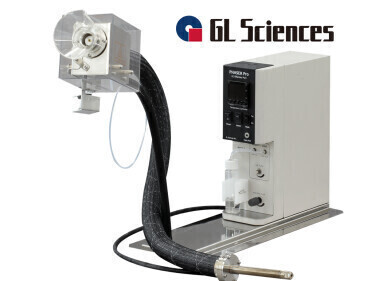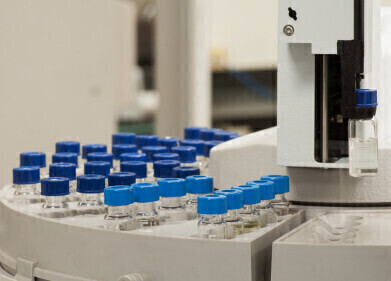GC, MDGC
NASA develop nanoflow liquid chromatography
Feb 12 2014
Researchers will now be able to check small meteorite samples for signs of life thanks to a new technique that has been developed by NASA. The technique will allow scientists to analyse individual components of small-sized samples that are collected from space dust.
NASA's technique will enable researchers to examine small scale extraterrestrial materials, such as cometary particles, interplanetary dust particles and micrometeorites. Using nanoflow liquid chromatography instruments, researchers from NASA's Goddard Space Flight Center in Greenbelt, Maryland, US, led by Dr Michael Callahan, were able to discover amino acids within meteorite samples.
Amino acids are usually used to make proteins within living cells, which is one of the reasons that the technique has been hailed by scientists. The research team at NASA also used the chromatography technique to reveal a number of important molecules, as well as DNA within the meteorites, which are vital to the start of life.
However, Dr Callahan said that the amounts of these components found within the meteorites might not be enough to lead to new life. It is also very rare to find meteorites that contain these components, he continued.
"Despite their small size, these interplanetary dust particles may have provided higher quantities and a steadier supply of extraterrestrial organic material to early Earth," said Dr Callahan.
"Unfortunately, there have been limited studies examining their organic composition, especially with regards to biologically relevant molecules that may have been important for the origin of life, due to the miniscule size of these samples."
The research team used a nanoflow liquid chromatography instrument to sort molecules that are used for samples. The instrument also added the molecules that had been sorted to a spectrometer, which then analysed the sample molecule by molecule. This allowed for the detection of any potential amino acids, which signal the possibility of proteins.
The development of this technique could enable scientists to understand the origins of life in the future. However, significant evidence that this is the case needs to be provided for funding to continue the project.
Events
Apr 22 2025 Kintex, South Korea
Analytica Anacon India & IndiaLabExpo
Apr 23 2025 Mumbai, India
Apr 27 2025 Portland, OR, USA
May 11 2025 Vienna, Austria
May 18 2025 Tempe. AZ, USA














